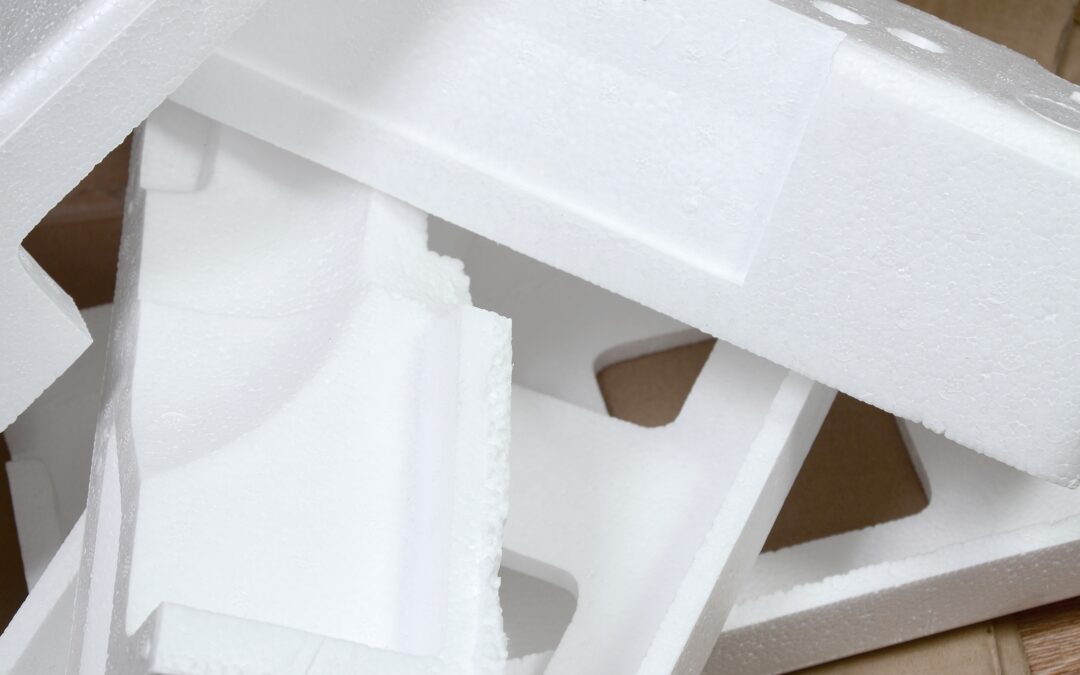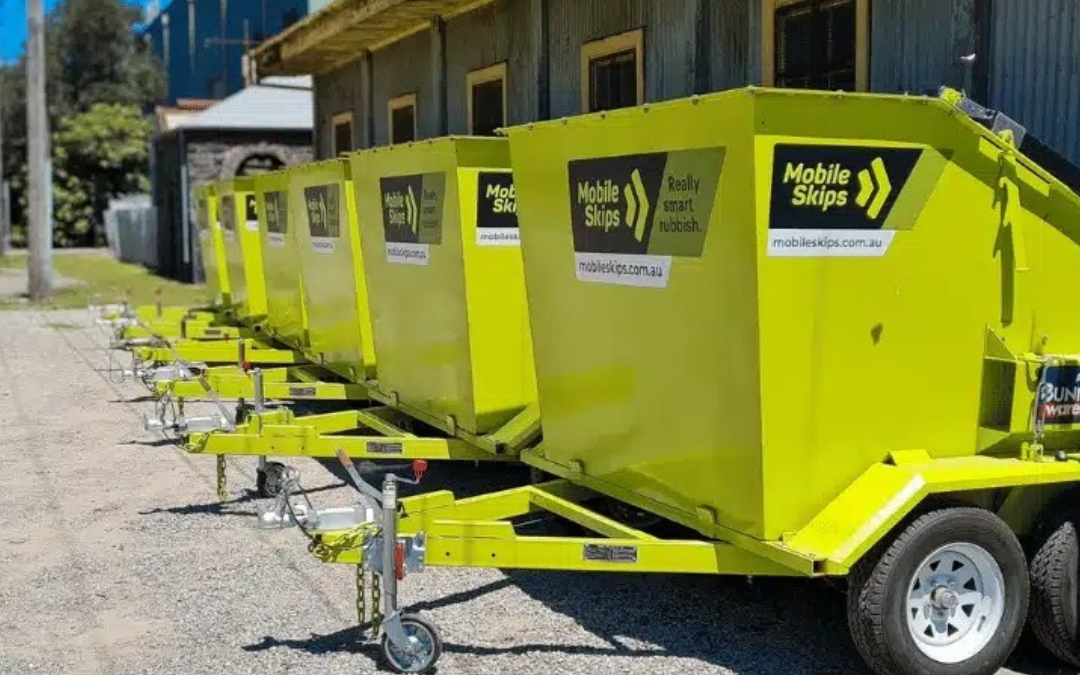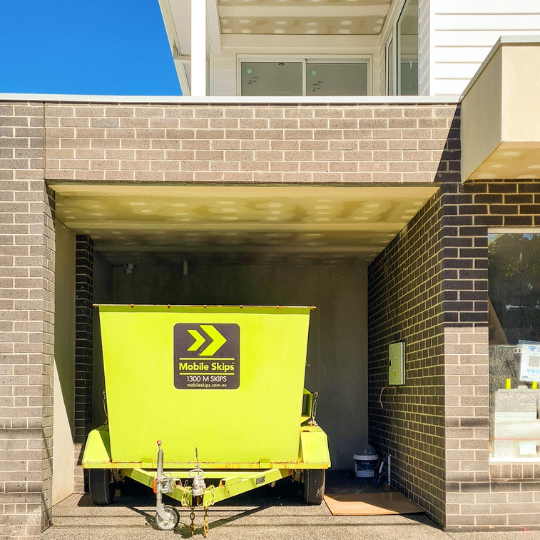Declutter Your Home for a Fresh Start
Clearing out your clutter is your first move towards making your home and garden a welcoming oasis. Let’s figure out how you can sort through your stuff and contribute to donation programs.
Take Stock of What You Own
Let’s start by scrutinizing what you’ve got. Determine the stuff you actually use and what’s just gathering dust. Here’s a simple game plan:
- Sort It Out: Make three piles: one to keep, one to donate, one to recycle. Sorted!
- Get Crafty: Think about how you can repurpose old clothes or bed sheets into garden tools like plant ties or covers for delicate plants (Kiwi Energy).
- The Big Questions: For each item, ask yourself if it serves a purpose, gives you joy, or is in good shape. If it’s a nope all around, toss it.
Donation Collection Programs
Got stuff that’s still good but you don’t need anymore? Donate it! Donation programs make it easy to give your belongings a second life.
Vinnies Collection Program
Vinnies partners with the St Vincent de Paul Society to help find new homes for your household goods. It’s a win-win: you free up space, and someone else gets the stuff they need.
| Program | Partner | Donation Type | Location |
|---|---|---|---|
| Vinnies Collection | St Vincent de Paul Society | Good-as-new household items | Local Vinnies locations |
Why You’ll Love It:
- Simplicity: Vinnies can collect your donations, so you won’t even have to leave the house.
- Community Boost: Your donations help those in need in your local area.
So, ditch the clutter and make a positive difference. It’s that simple.
DIY Gardening Tips
Get creative in your garden using everyday household items.
Turn Trash Into Treasure
Got some junk lying around? Let’s give it a second life in your garden!
- Plastic Bottles: Ever thought about turning those soda bottles into cute little planters? Just slice them in half, poke some holes in the bottom for drainage, and voila! You’ve got sturdy containers for your plants that won’t rot their roots.
- Paper Towel or Toilet Paper Rolls: Got some leftover rolls? They’re perfect for starting seedlings. Fill them with soil and seeds, then plop the whole thing into the ground when the seedlings are ready—no messy transplanting required!
- Old Clothing and Bedding: Don’t toss those old t-shirts or sheets—shred them up for mulch to keep your garden beds moist or use strips as gentle garden ties that won’t hurt your plants.
- Tin Cans: Clean out those old cans and you’ve got some quirky little herb planters. Just make sure you add drainage holes to keep your herbs happy.
| Item | Repurposing Idea |
|---|---|
| Plastic Bottles | Planters, Watering Systems |
| Toilet Paper Rolls | Seedling Starters |
| Old Clothing | Mulch, Plant Ties |
| Tin Cans | Herb Planters |
Sustainable Home Garden Magic
Make your garden a green haven with some smart, earth-friendly moves.
- Composting: Turn kitchen scraps, leaves, and other biodegradable stuff into nutrient-rich soil. Creates less trash and more food for your plants!
- Rainwater Harvesting: Hook up a rain barrel to your gutter. Free water from the sky? Your plants think it’s the best thing ever.
- Crop Rotation: Mix up your planting routine to keep your soil happy and healthy. Different crops mean fewer pests and more nutrients sticking around.
- Native Plants: Go local with your plant choices. Native plants need less water, fend off local pests on their own, and make great homes for neighborhood critters.
Sprinkle in these DIY waste-reducing tips and garden hacks to create a lush, eco-friendly spot. You’ll cut down on waste and build a green getaway that future generations will thank you for.
Waste Management Made Fun
Keeping your home garden clean and sustainable doesn’t have to be a chore. Dive into this guide to make waste management a breeze, understand what’s slipping into your trash, get hands-on with some crafty DIY ideas, and see why recycling rocks.
Know Your Trash
You typically find three types of waste hanging around your house: everyday junk, stuff from the medicine cabinet, and items from medical care (Health.vic). Everyday junk includes things like food scraps and packaging—pretty much anything you toss daily. Stuff from the medicine cabinet covers expired or unused medications. Lastly, medical-related waste comes from things like old bandages or medical supplies. Learn these categories, and you’ll start to manage waste like a pro.
DIY Trash to Treasure
Why chuck something when you can make it into something cool? Here are a few fun projects to repurpose common household junk:
- Plastic Bottle Planters: Don’t just toss those empty bottles—turn them into planters or bird feeders. A little creativity can transform trash into garden bling (Kiwi Energy).
- Ice Cream Stick Bookmarks: Don’t bin those ice cream sticks! Get crafty and make bookmarks—you’d be amazed how much fun kids have decorating them.
- Take-Away Container Microgardens: Done with your takeout? Don’t trash the container. Use it to start a mini herb garden or grow small plants (BuzzOnEarth).
Why Recycling Rules
Recycling is like winning for the planet and your wallet. It saves resources, reduces pollution, and cuts those pesky greenhouse gases.
| Trash Type | Energy Saved | Environmental Win |
|---|---|---|
| Aluminium cans | 14,000 kWh | Knocks back about 10 metric tons of CO2 per ton recycled (Triumvirate Environmental) |
| Paper | Saves 17 trees | Saves 7,000 gallons of water and 463 gallons of oil for each ton recycled (Triumvirate Environmental) |
By recycling and repurposing, you’re not just cutting down on garbage—you’re making sure the world stays green for future generations. It’s an easy way to make a big difference (Triumvirate Environmental).
So, let’s get to it. Sort that trash, get creative, and recycle like it’s your new favorite hobby. Who knew cleaning up could feel this good?
Smarter Waste Practices
Recycling: More Than Just a Bin
Recycling is at the heart of managing waste smartly. Think about it: by recycling, we save resources, cut down on trash, fight pollution, and even boost the economy. For example, one ton of recycled aluminum cans saves 14,000 kWh of energy and slices greenhouse gas emissions by 10 metric tons of CO2e (Triumvirate Environmental).
Here’s a quick look at how recycling different stuff stacks up:
| Material | Energy Saved | Other Savings |
|---|---|---|
| Aluminium Cans | 14,000 kWh | Cuts CO2e by 10 metric tons |
| Paper | 4,100 kWh | Saves 17 trees, 7,000 gallons of water, 463 gallons of oil |
With the world’s population on the rise, managing waste better helps us keep our precious resources intact and our planet healthy for those coming after us (Triumvirate Environmental). Everyday items like plastic bottles, when recycled or reused, can dodge the landfill trap (Kiwi Energy).
Turning Trash into Treasure with Energy Recovery
Energy recovery is like magic for non-recyclable trash. It turns that leftover waste into heat, electricity, or even fuel. This way, we dump less in landfills and still get energy we would otherwise waste. Since waste gives off methane—a super greenhouse gas—capturing this energy is a double win.
Two handy methods for energy recovery are:
- Incineration: Burning waste in a controlled setup to make heat, which can then crank out electricity.
- Anaerobic Digestion: Letting microorganisms munch on organic waste without oxygen, turning it into biogas you can use as fuel.
Both ways cut down on trash and generate energy, helping build a smarter waste management system. Now, that’s something we can all get behind.
Waste Disposal Methods
Breaking down waste is not just a chore but a pathway to a greener future. Let’s dive into why ditching the trashy habits matters and get real about landfills, cutting down waste, and doing a bit more reuse magic. This isn’t just eco-stuff—I’m talking saving bucks and keeping your place cleaner, too.
Trash Talk: What’s Wrong with Landfills?
Dumping trash is cheap—I get it. But landfills are ticking time bombs for our planet. Guess what? They’re the third-biggest source of methane in the U.S. Yep, that nasty gas is 80 times more potent than carbon dioxide when it comes to heating our Earth (Global Citizen). Yikes!
Landfills cause:
- Methane Madness: They pump out loads of greenhouse gases.
- Stinky Pollution: Leachate leaks can mess up soil and groundwater.
- Space Hogging: They take up giant chunks of land better used for something positive.
Don’t Toss It—Shrink It or Fix It Up!
Cutting down on trash and rethinking how you use stuff are massive wins for the planet. It’s all about making your belongings work harder and last longer (Triumvirate Environmental).
- Less Is More: Swap single-use items for durable, reusable ones. Think metal straws, cloth shopping bags, and refillable bottles.
- Give It New Life: Turn old jars into storage, repurpose furniture, or use worn-out clothes for cleaning rags.
| Material | Energy and Resources Saved |
|---|---|
| 1 ton of Aluminum Cans | 14,000 kWh energy, 10 metric tons CO₂e |
| 1 ton of Paper | 17 trees, 7,000 gallons of water, 463 gallons of oil |
Source: Triumvirate Environmental.
Why Doing It Right Matters
Sustainable waste management isn’t just some green dream; it’s critical for keeping our planet in good shape. It’s about smarter use of stuff, cutting down pollution, and yes, saving some cash in the long run (Triumvirate Environmental).
Key perks of going green with waste:
- Save More Trees: Recycling and reusing mean less need for new materials.
- Cleaner Air and Water: Less pollution and fewer emissions.
- Money Smarts: It can be cheaper and provide jobs in the recycling game.
So, next time you’re about to toss something, think twice. Your small steps can lead to big changes for a cleaner home and a healthier world. Got an old chair? Think DIY rehab, not landfill. Every effort counts.
Smart Ways to Handle Waste at Home
Keeping your home garden clean and green isn’t just about plants. Proper waste management is key. Here are some ways to safely deal with clinical waste, medicines, and disinfectants.
Handling Clinical Waste
Messing around with things like used needles or other contaminated stuff isn’t just gross; it’s risky business. Here’s how to handle it right in Australia.
- Needles: Toss them in those special sharps containers that meet the Australian and New Zealand standards (AS 4031:1992 and AS/NZS 4261:1994). It’s non-negotiable.
- Contaminated materials: Pack ’em in yellow biohazard bags with that scary biohazard symbol on them.
| Waste Type | How to Dump it |
|---|---|
| Needles | Use sharps bins |
| Contaminated stuff | Stick it in yellow biohazard bags |
Chucking Out Old Meds
Got some leftover pills you’re not sure what to do with? Don’t just toss them in the trash or flush them. That’s bad news for the environment. Here’s what to do instead:
- Take-back programs: Hand your unused meds over to your local pharmacy. They’ll dispose of them properly.
- Small amounts: Mix pills with something gross like cat litter or coffee grounds, seal them in a bag, and then toss that in your trash.
| Med Waste | Safe Disposal Tips |
|---|---|
| Unused meds | Return to the pharmacy |
| Little bits | Mix with yucky stuff, seal, and throw in the trash |
Getting Rid of Disinfectants
You might think pouring disinfectants down the drain is easy, but there’s a right way to do it without messing up your plumbing or the environment.
- Run cold water before you start the chuck.
- Pour your disinfectant into the sink while the water’s still flowing.
- Keep the water going for a bit longer to make sure it dilutes well.
| What to Do | How to Do It |
|---|---|
| Pre-dump | Let cold water run into the sink |
| The Dump | Pour in the disinfectant |
| Post-dump | Keep the water running for a moment |
Follow these tips, and you’ll keep your garden – and yourself – safe and sound.






